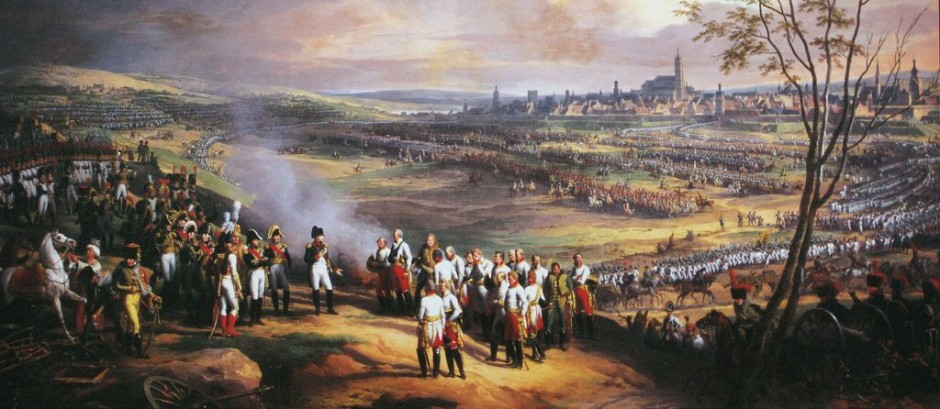Student Exemplar answers to a question about the Italian Renaissance. Use the following to help guide your toward a better standing in your Historical writing. “Historical Facts” alone do not constitute meeting the standard, yet without the use of evidence no credit can be gained.
“In what ways did the Renaissance move Europe away from the medieval and toward the modern?” (25 points/marks)
Student Essay #1
The Renaissance gave the world so much. We will forever be grateful for the contributions made during the Renaissance. Europe before was so much different but due to the changes made during this time period, the world looks a lot different today. They had amazing art that was totally different than before. Some famous painters made works that you can still see in museums today. Not only can you see them in museums, you can go to a park and walk by them also. In conclusion, the Renaissance was one of the most important things to happen to the history of Western Civilization.
Total Historical Facts: 0 Grade: Does not meet the standard
Student Essay #2
The Renaissance in Italy eventually spread over Europe. It started in Florence and it was a rebirth of Greek and Roman ideas. People started painting human beings that actually looked like humans. They were three-dimensional and you could see their muscles. The sculptures of David and other religious figures looked a lot like the sculptures of the gods during the Greek times. Leonardo da Vinci was a famous Renaissance artist and he made the Mona Lisa and The Last Supper. You can see emotions in the Mona Lisa and you can see perspective in The Last Supper. Overall, art during the Renaissance began looking again at styles from Greece and Rome.
Total Historical Facts: 17 Grade: Partially Meets the standard
Student Essay #3
During the Church-dominated Middle Ages, artistic expression took a huge step backwards and was finally saved with the rebirth of Classical ideas during the Renaissance. From the fall of the Roman Empire until the fifteenth century, Europe fell into a Dark Era where artistic freedom was stifled by the overbearing nature of the Church. Almost all works had a religious overtone and the figures included rarely looked realistic. Then Europe entered the Renaissance. Financed by patrons in Florence and the religious hierarchy in Rome, a new generation of artists began exploring the beauty of the human form. Motivated by the ideals of humanism, a secular movement initiated by Petrarch that rediscovered the civilizations of Greece and Rome, artists again began prioritizing the human form and implemented perspective. Though the works continued to have a religious theme (the patrons usually demanded this), artists such as Michelangelo, Rafael, Donatello, and Leonardo da Vinci were free to explore their interpretation of the human story. From Michelangelo’s Sistine Chapel ceiling where the Bible stories unfold using characters with near-perfect bodies, to Raphael’s School of Athens where the greatest thinkers of all time mingle, Renaissance works showed a refocus on the glories of humans. With these two pieces and the hundreds of others that graced the walls of merchant’s homes and the Church’s property, Europe finally emerged from an era of mundane art and entered a period of artistic freedom.
Total Historical Facts: 38 Grade: Meets/Exceeds the standard
